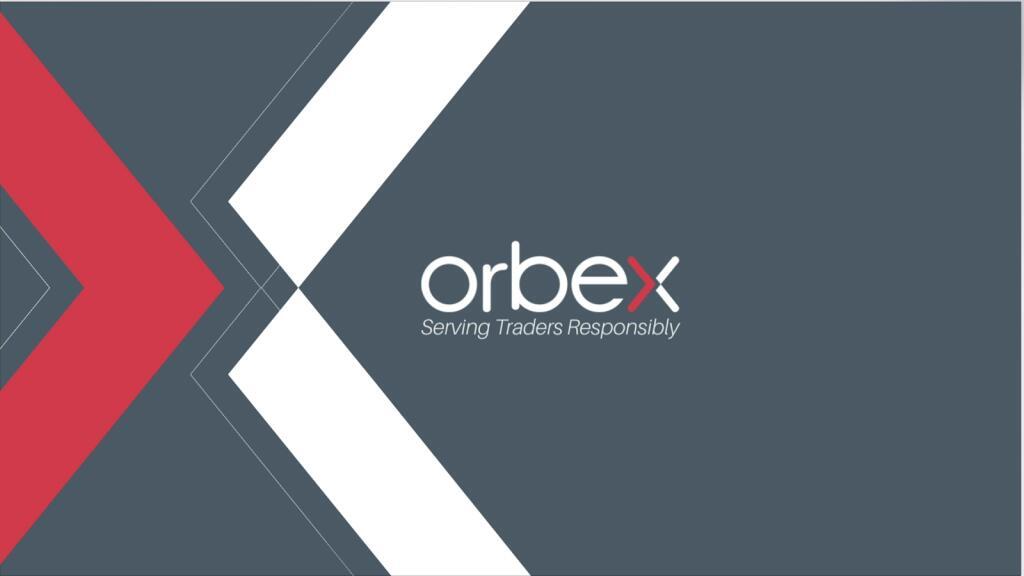
The marginal cost is the change in total production cost that comes from making or producing one additional unit. Marginal revenue, on the other hand, is the increase in revenue that comes from the sale of one additional unit. Thus, the marginal cost of producing the second bottle of juice is $13. The final step is to calculate the marginal cost by dividing the change in total costs by the change in quantity. Since some costs are fixed, there is usually part of the curve on the left where the marginal cost is very high due to an inefficiently low quantity of production. Then, with economies of scale, the marginal cost of production reaches a minimum as the quantity increases.
Marginal cost (MC) is the additional cost of producing one more unit of a good or service. For example, if you price each jacket at $90, you’d make a profit of $45 per jacket. By producing and selling 10 more jackets, you would increase profits by $450. You decide to increase production by 10 jackets a week, to a total of 60 jackets.
Join PRO or PRO Plus and Get Lifetime Access to Our Premium Materials
Fixed costs do not contribute to the change in the production level of the company and they are constant, so marginal cost depicts a change in the variable cost only. So, by subtracting fixed cost from the total cost, we can find the variable cost of production. In this case, when the marginal cost of the (n+1)th unit is less than the average cost(n), the average cost (n+1) will get a smaller value than average cost(n). It goes the opposite way when the marginal cost of (n+1)th is higher than average cost(n). In this case, The average cost(n+1) will be higher than average cost(n).
- Using this information, a company can decide whether it is worth investing in additional capital assets.
- For example, management may be incurring $1,000,000 in its current process.
- Professionals working in a wide range of corporate finance roles calculate the incremental cost of production as part of routine financial analysis.
At the same time, it might operate a marginal cost pricing strategy to reduce stock – which is particularly common in fashion. If the marginal cost for additional units is high, it could signal potential cash outflow increases that could adversely affect the cash balance. However, as production continues to rise beyond a certain level, the firm may encounter increased inefficiencies and higher costs for additional production. This causes an increase in marginal cost, making the right-hand side of the curve slope upwards. This U-shape can be attributed to the nature of production processes. As a company starts to increase production, it initially benefits from improved efficiencies and better utilization of fixed resources, resulting in a fall in marginal cost.
Firm of the Future
The marginal cost of production helps you find the ideal production level for your business. You can also use it to find the balance between how fast you should produce and how much production is too low to help growth. Your marginal cost of production is $5.01 per unit for every unit over 500.

Therefore, it can be measured by changes to what expenses are incurred for any given additional unit. The relationship between the marginal cost and average total cost is also important for firms. With the marginal cost equation, we can find the per unit marginal cost of producing more products.
What is the best definition of marginal cost?
High-marginal-cost businesses should be profitable very early because the impact of scale on their bottom line will only amplify their current profit margins. If the selling price for a product is greater than the marginal cost, then earnings will still be greater than the added cost – a valid reason to continue production. If, however, the price tag is less than the marginal cost, losses will be incurred and therefore additional production should not be pursued – or perhaps prices should be increased. This is an important piece of analysis to consider for business operations. If you want to calculate the additional cost of producing more units, simply enter your numbers into our Excel-based calculator and you’ll immediately have the answer. It’s inevitable that the volume of output will increase or decrease with varying levels of production.
Marginal Benefit vs. Marginal Cost: What’s the Difference? – Investopedia
Marginal Benefit vs. Marginal Cost: What’s the Difference?.
Posted: Sat, 25 Mar 2017 11:47:41 GMT [source]
The quantities involved are usually significant enough to evaluate changes in cost. An increase or decrease in the volume of goods produced translates to costs of goods manufactured (COGM). To determine the change in costs, simply deduct the production costs incurred during https://online-accounting.net/ the first output run from the production costs in the next batch when output has increased. When a company knows both its marginal cost and marginal revenue for various product lines, it can concentrate resources towards items where the difference is the greatest.
What is incremental cost, and how does it relate to marginal cost?
The long run here is defined as the length of time during which no inputs are fixed. While the U-shaped chart above is fairly commonly seen for short-run marginal cost, there is no such predictable chart for long-run marginal cost. John Monroe owns a privately owned business called Monroes Motorbikes. In his first year of business, he produces and sells 10 motorbikes for $100,000, which cost him $50,000 to make.
We can calculate the marginal cost by dividing the change in total cost by the change in the quantity of output. The marginal cost of production is used to optimize production levels. Having a strong understanding of how costs change unit by unit gives companies the information they need to pick the production level that matches their goals. In economics, marginal cost is a very important concept affecting the supply of the output of any company. It helps the firms in decision-making related to the effectiveness of the production of additional units of output. Given below is the data of the total cost of production of a firm producing school uniforms.
Understanding this U-shaped curve is vital for businesses as it helps identify the most cost-efficient production level, which can enhance profitability and competitiveness. The major cause of a decrease in marginal revenue is simply the rise in marginal cost. As we touched on before, that sweet spot is anything that results in marginal cost being equal to marginal revenue. Otherwise, the company is either underproducing or overproducing, and either way that creates a loss of money. Marginal benefit is calculated by dividing the change in total benefit received by the change in the number of units consumed.
Incremental Cost: Definition, How to Calculate, and Examples – Investopedia
Incremental Cost: Definition, How to Calculate, and Examples.
Posted: Sun, 26 Mar 2017 05:39:46 GMT [source]
It’s calculated when enough items have been produced to cover the fixed costs and production is at a break-even point. That’s where the only expenses going forward how to convert accrual basis to cash basis accounting are variable or direct costs. Next, the change in total costs and change in quantity (i.e. production volume) must be tracked across a specified period.
